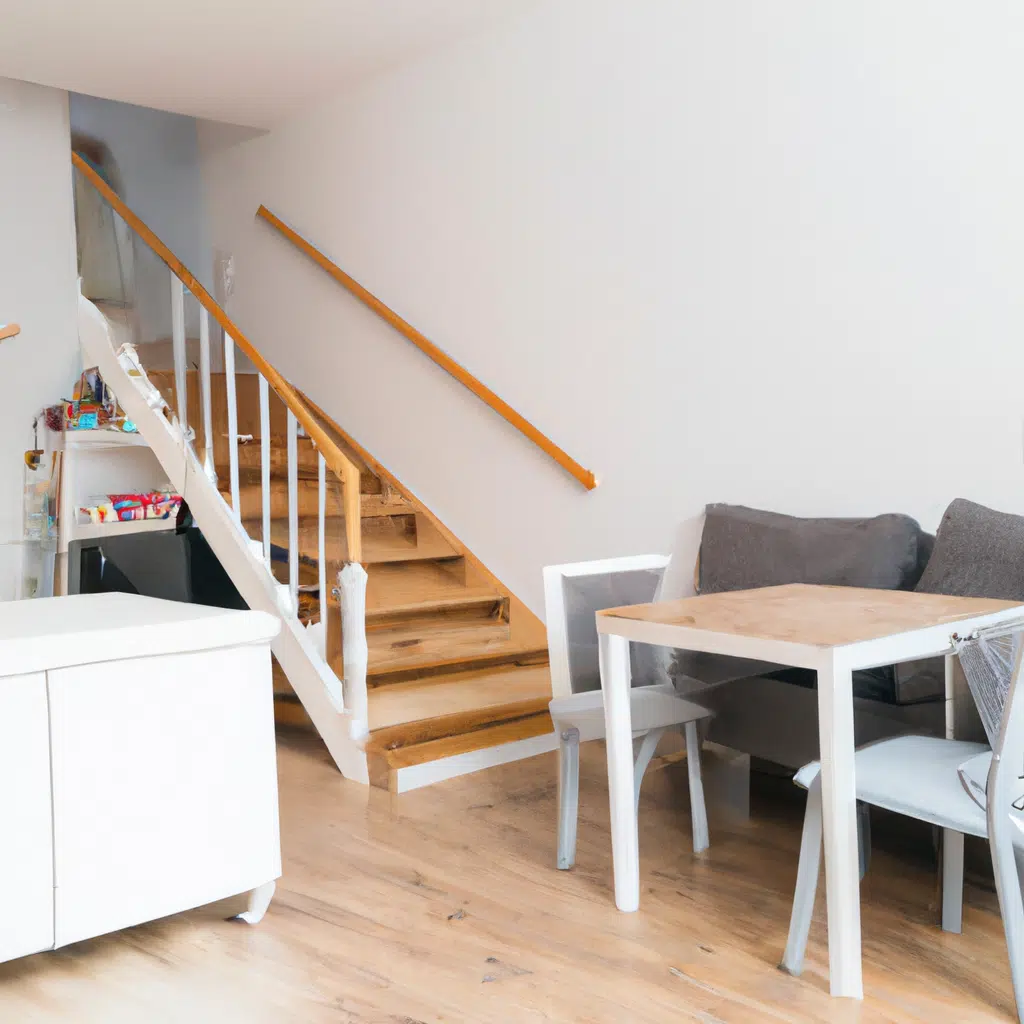As a new parent, there are many things to consider when it comes to keeping your child safe. One of the most important things to think about is how to child-proof your home. Child-proofing is a process that involves making changes to your home to prevent accidents and injuries from occurring. In this article, we will provide you with essential design tips for child-proofing your home.

Understanding the Risks
Before you begin child-proofing your home, it’s important to understand the risks. Children are curious, and they love to explore their surroundings. This can lead them into dangerous situations, such as falling down stairs, getting their fingers caught in doors or drawers, or ingesting harmful chemicals. By understanding the risks, you can take steps to prevent accidents from happening.
Start with the Basics
The first step in child-proofing your home is to start with the basics. This means doing things like installing safety gates at the tops and bottoms of stairs, securing furniture to walls to prevent tipping, and covering electrical outlets. You should also make sure that all sharp objects, such as knives and scissors, are stored out of reach of children.
Think About Your Flooring
Flooring is another important consideration when it comes to child-proofing your home. Hardwood and tile floors can be slippery and dangerous for young children who are just learning to walk. Consider adding carpeting or area rugs to provide a soft landing surface for your child. You should also make sure that any loose rugs are secured to the floor to prevent tripping.
Take a Look at Your Windows
Windows are another potential hazard when it comes to child-proofing your home. Make sure that all windows are secured with locks or guards to prevent your child from falling out. You should also make sure that any blind cords are out of reach of children. If possible, consider installing cordless blinds.
Secure Your Cabinets and Drawers
Cabinets and drawers can be a source of danger for young children, who may accidentally pull them open and get their fingers caught. To prevent this from happening, install child-proof locks or latches on all cabinets and drawers in your home. This will prevent your child from accessing dangerous items, such as cleaning chemicals.
Consider Your Furniture
Furniture is another potential hazard for young children. Make sure that all furniture is sturdy and stable, and cannot be easily tipped over. You should also remove any small or sharp objects from the surfaces of tables and shelves.
Keep Your Home Clean and Tidy
Keeping your home clean and tidy is an important part of child-proofing. Make sure that all cleaning supplies and chemicals are stored out of reach of children. You should also make sure that any clutter is removed from the floors and stairways to prevent tripping.
Conclusion
Child-proofing your home is an essential part of keeping your child safe. By understanding the risks and taking steps to prevent accidents from happening, you can create a safe and secure environment for your child to grow and explore. Remember to start with the basics, think about your flooring and windows, secure your cabinets and drawers, consider your furniture, and keep your home clean and tidy. By following these essential design tips, you can help to ensure that your child stays safe and healthy.
